April 2020
Fairey Gannet COD.4
Hawker Sea Hawk FGA.6
Fairey Gannet COD.4
Flag Officer Aircraft Carriers (FOAC), HMS ARK ROYAL, 1965
NOVO (FROG) 1/72 AS.4 with scratch modifications and ModelDecal markings and additional fittings from the spares box
Page content and all pictures © 2020 www.gengriz.co.uk
The Fairey Gannet first flew in 1949, with the AS.1 anti submarine version finally entering service 5 years later in 1954, followed shortly after by the more powerful AS.4 version. In its ASW role, the Gannet carried torpedoes, depth charges, rockets or bombs. Powered by the revolutionary contra rotating Armstrong Siddeley Double Mamba turboprop engine, the Gannet could cruise on one engine, with the other prop feathered, allowing it to undertake 6 hour patrols.
A total of 348 aircraft were built between 1953 and 1959, serving with the Royal Navy, Royal Australian Navy, Federal German Navy and Indonesian armed forces. A dual control pilot trainer and an ECM trainer were also produced, with Carrier Onboard Delivery (COD) aircraft produce dby removing the ASW equipment and fitting an additional crew seat.
A final 44 examples of an AEW.3 variant were produced from 1959 to 1963 using a heavily
modified fuselage and powerplant to carry the large AN/APS-
COD aircraft were allocated to the RN’s Fleet carriers in an utility role, transporting personnel, stores and items such as mail to the ships whilst at sea.
Building and converting the NOVO/FROG Gannet kit:
The ancient FROG kit is a genuine classic -
Nevertheless, it holds the record as the most widely produced ex-
For this build, I have used an old Modeldecal sheet to convert it into a late COD aircraft, used to ferry passengers, stores and mail to the carriers when at sea, in this case, the aircraft allocated to HMS ARK ROYAL.
Indeed this decal set was the first aftermarket decals that I ever purchased (to use on a Sea Hawk). They must be at least 34 years old themselves but worked well (I have found some older Modeldecal sets are no longer quite as good as they once were.
The kit itself is an early NOVO issue, in the characteristic blue plastic used for the final FROG issues before NOVO took on all production. Its relatively hard plastic (alleged to be the reason some moulds sent to Russia deteriorated so quickly), but with zero flash and it fitted together very well.
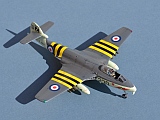
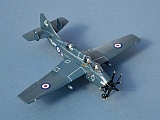
One half of the pilot’s head was missing, so the whole head was replaced with one
from the spares box, plus some crude sprue-
Paint is hand-
This was a quick fun build (about a week, alongside the Sea Hawk below) with minimal
change to the basic kit. I did consider hacking out the cockpit and wheel wells
-
Hawker (Armstrong Whitworth) Sea Hawk FGA.6
810 Squadron, Fleet Air Arm, HMS ALBION/BULWARK, Suez Crisis November, 1956
Hobby Boss 1/72 with Airfix stores and Modeldecal markings
The Sea Hawk was a truly elegant aircraft; although a joy to fly, reliable and effective, its military capabilities were never in the first division as it was underpowered, underarmed and aerodynamically unsophisticated.
Nevertheless, as Hawker's first jet aircraft, it exhibited all of focused purpose and attention to detail that typified Hawker's products, entering RN service in 1953 as a replacement for the Sea Fury and the Attacker. An agile aircraft, more than capable of holding its own in close quarters combat, it would continue in widespread RN service until replaced by the Scimitar in the 1960s, whereupon it transitioned to a supporting role with the Fleet Requirements Unit at Hurn until the late 1970s.
Amazingly, Sea Hawks continued in a key front line role with the Indian Navy, including
combat in two major Indo-
The initial 35 aircraft were built by Hawker themselves, with construction of the
subsequent aircraft contracted out to Armstrong Whitworth in Coventry, allowing Hawker
to concentrate their own efforts on Hunter production. Ironically, although the Sea
Hawk saw plenty of ground attack combat, its only use in anger as a fleet defence
fighter was a series of tense interceptions and mock dogfights with USN F4J Furys,
intent on disrupting the Anglo-
The final Sea Hawk variant was the FGA.6 with 8 underwing hard points, which entered RN service in 1956.
810 Sqn was based on ALBION during the Suez operation, but spent some time cross decking with BULWARK whilst the former had a catapult defect, hence carrying both tail codes B & Z.
Building the Hobby Boss Sea Hawk kit:
Most of my existing Sea Hawk collection is based on the ancient 1950s Airfix kit, whose only real virtue is that it was cheap and looks reasonably like a Sea Hawk.
More recently, Hobby Boss have given us an entirely new, modern kit of the Sea Hawk that is very nice indeed. The only glaring shortfall is the intake baffle arrangement, which makes the baffles far too prominent. The decals are also a little crudely detailed (I substituted some replacements from a ModelDecal set) and oversized, plus I’m not convinced that the 810 Sqn red “B” is correct. Radio antennae also need to be checked against the specific aircraft you want to build, as these did vary quite a bit.
Otherwise, it is a superb kit and I now have quite a few in the stash to build -
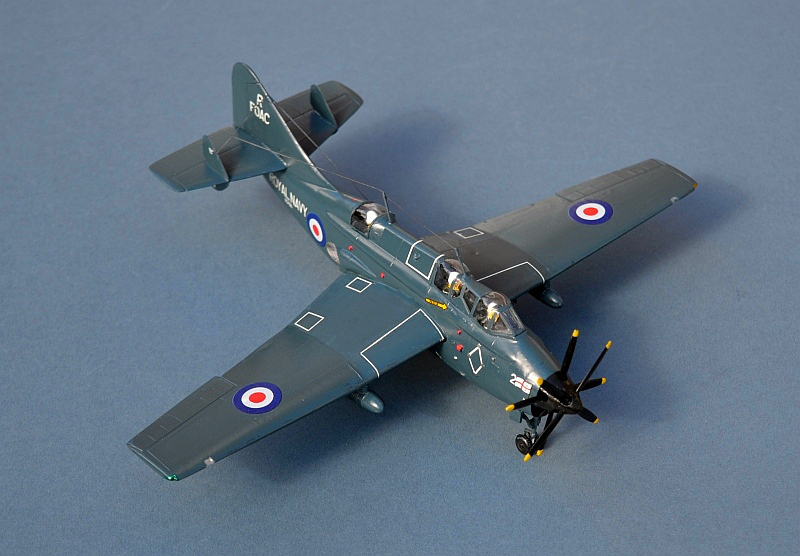
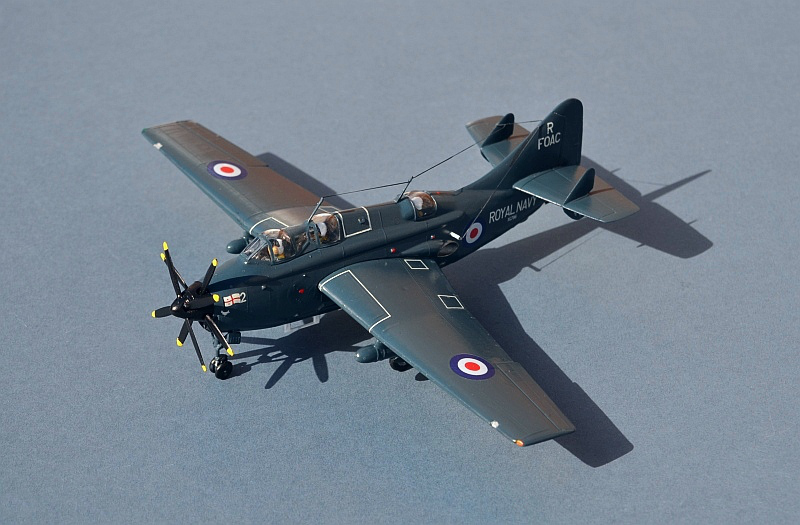
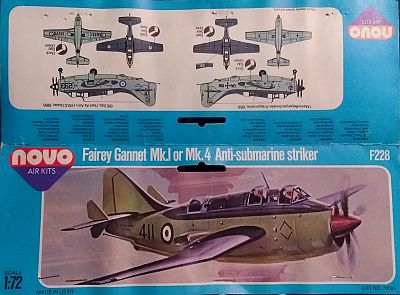
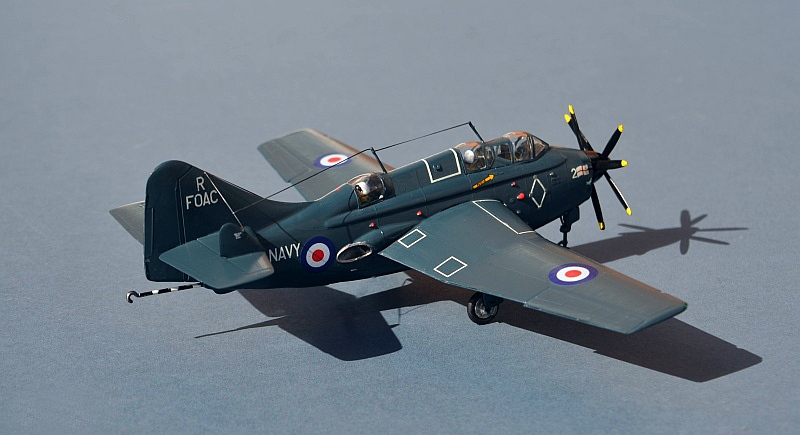
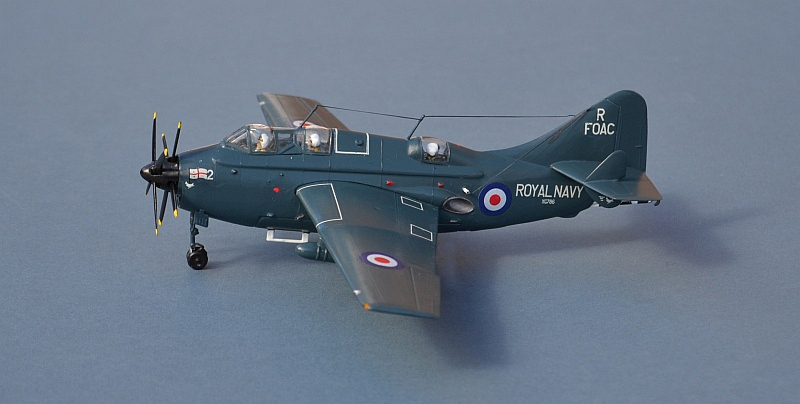
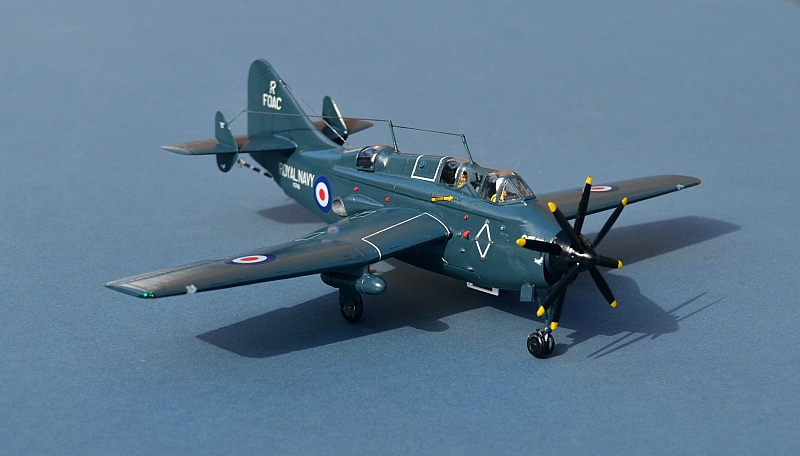
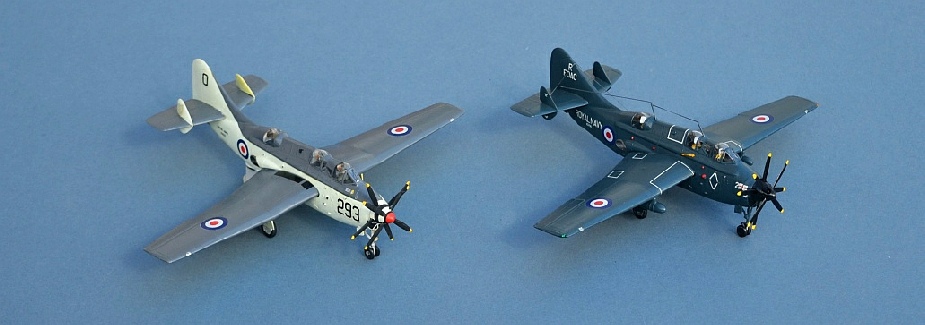
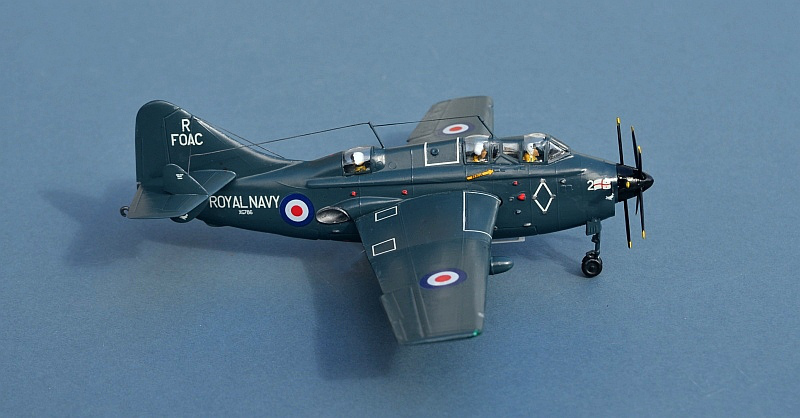
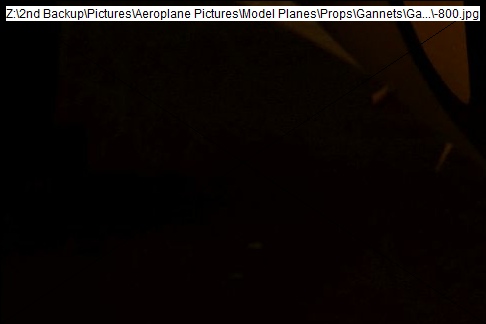
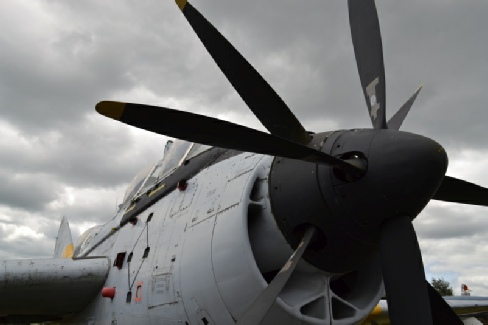
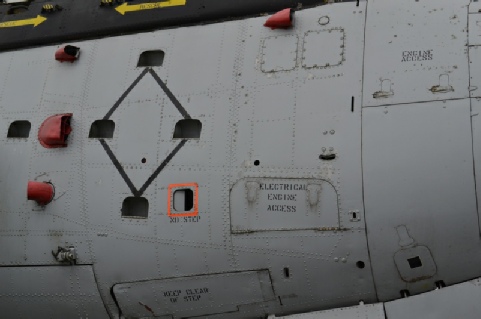
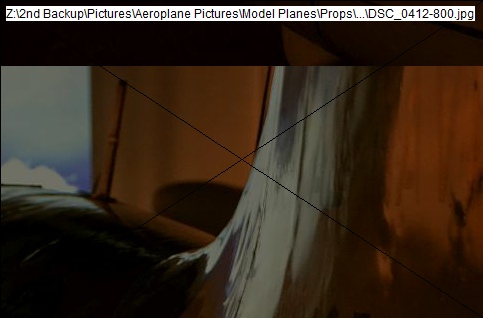
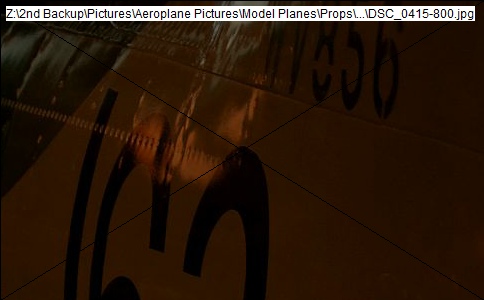
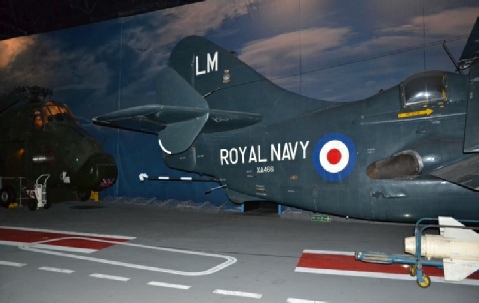
The Real Thing: Gannets (COD.4 and T.5) at the FAA Museum and West Midland Air Museum
With another FROG Gannet from my collection , this time an AS.4 built “out the box”
Have a look at many more RN post war aircraft on my Flight Deck pages
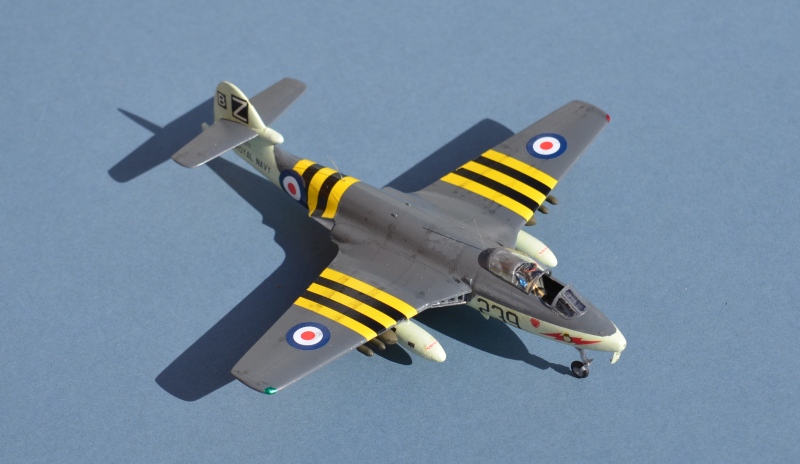
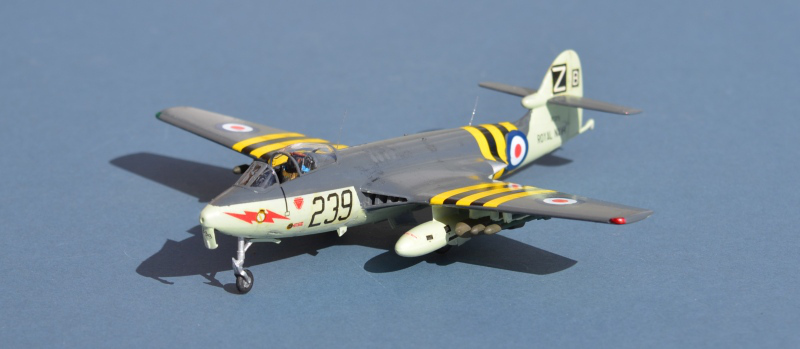
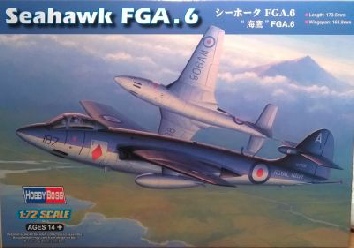
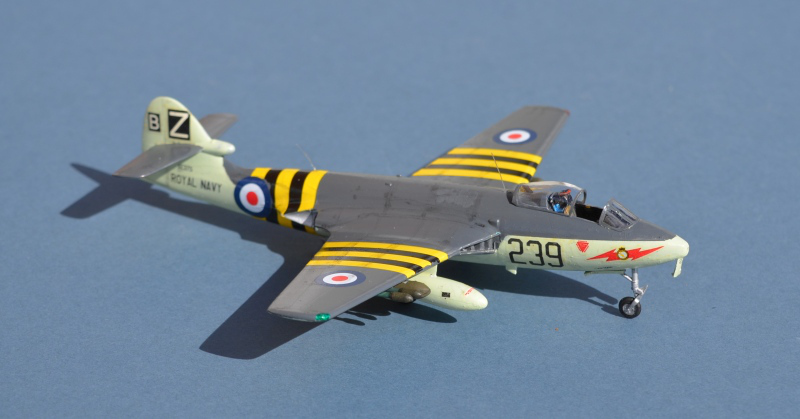
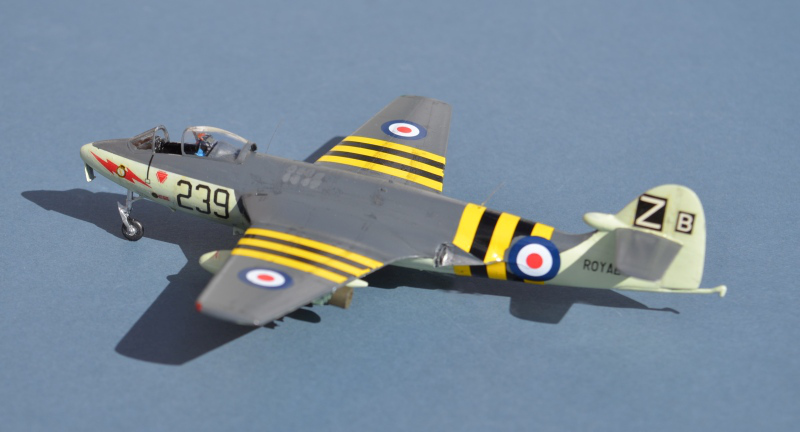
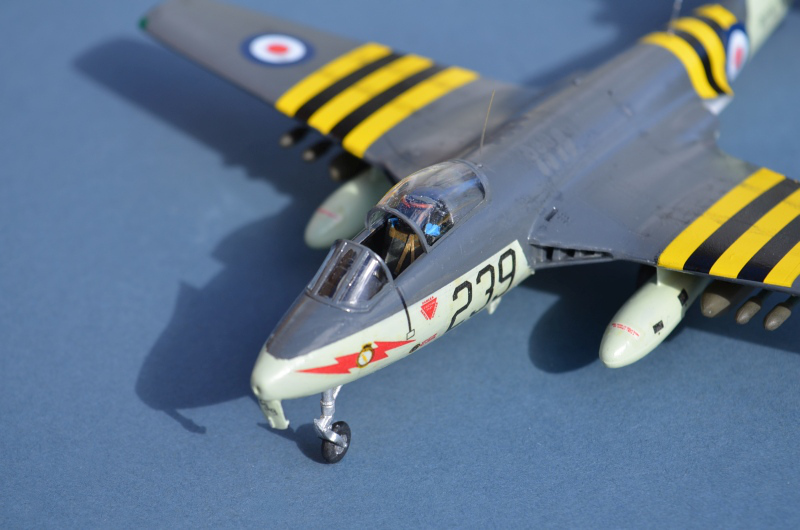
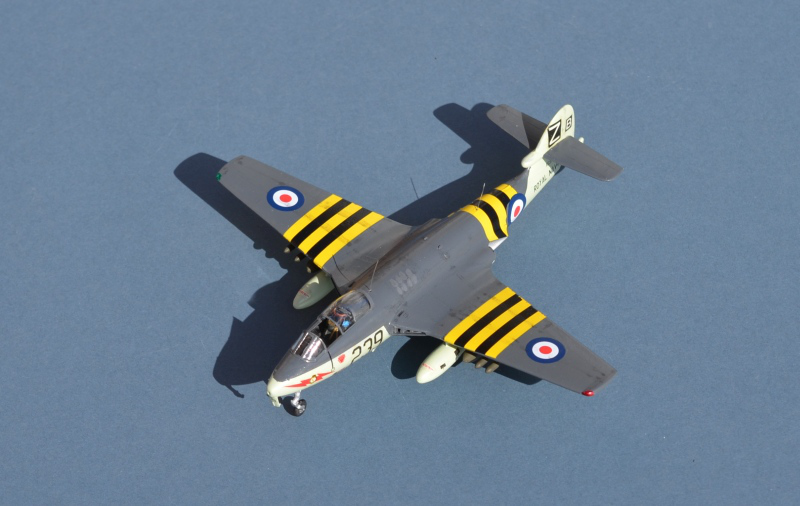
My full Sea Hawk collection (to date -
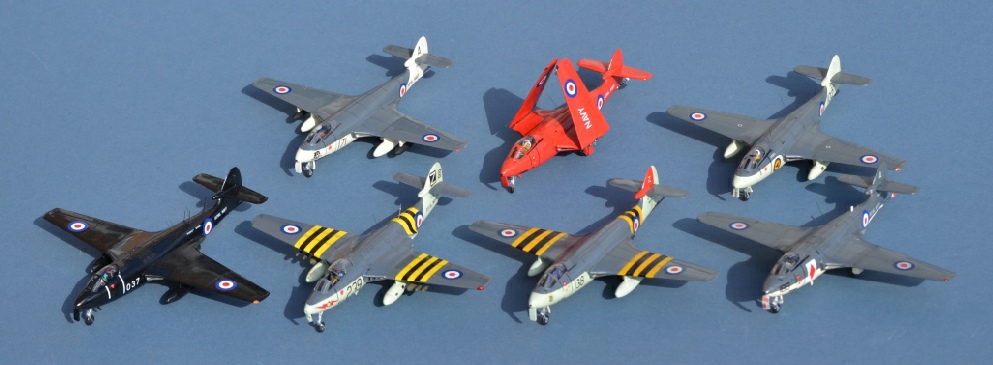
The Real Thing: Surviving Sea Hawks from around the country.
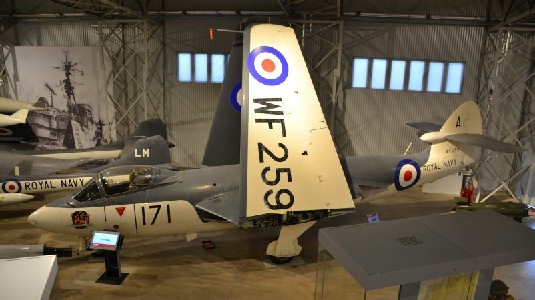
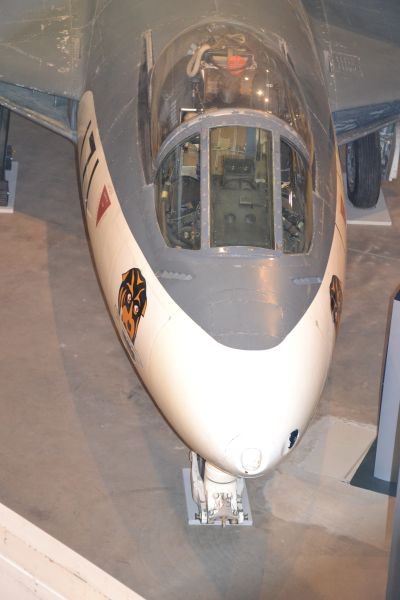
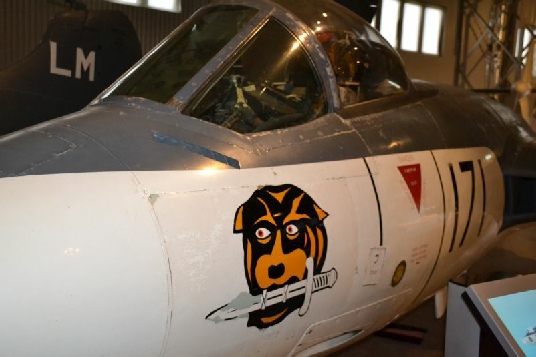
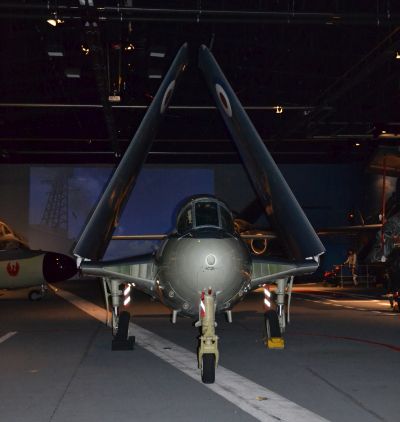
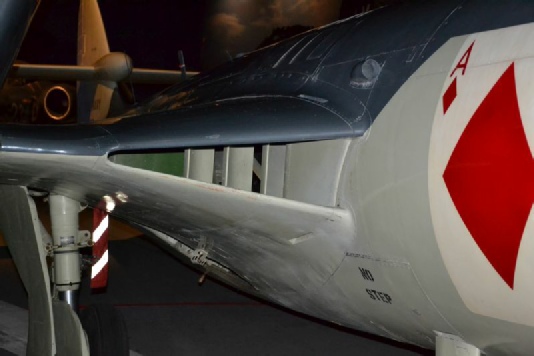
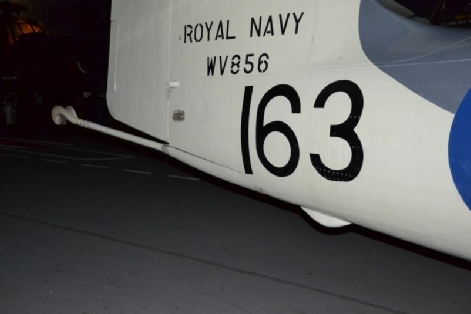
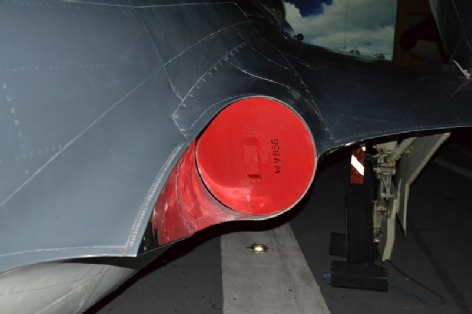
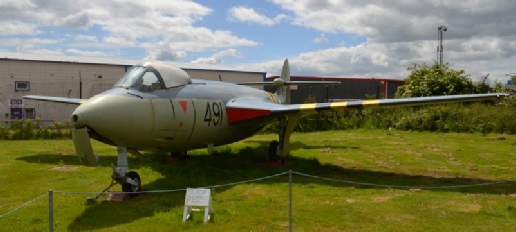

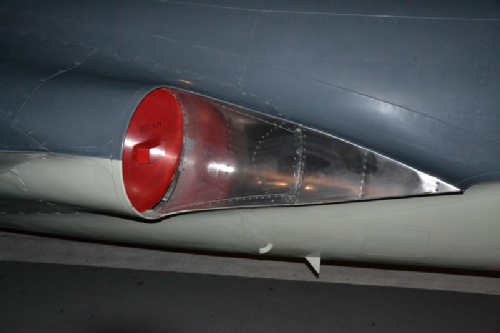
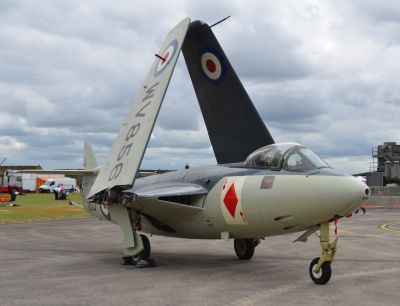
Have a look at many more RN post war aircraft on my Flight Deck pages